BTTR is independent, but we may earn money when you purchase through links on our site.
Pros
- Bright screen
- Lots of colour
- Easy Smart TV controls
Cons
- Only two HDMI 2.1 ports
- Average sound quality
- Picture qualiy needs some calibration
I have to admit that the timing for my review of the Hisense U7NAU was perfect. Over the past few weeks, I’ve been enjoying the Olympics on the 65-inch 4K television.
Yes, it was joyful to watch Raygun’s Breaking routine on the 65-inch display, but I mostly enjoyed the Archery and Sports Climbing, while my wife spent her time watching the gymnastics.
And when we weren’t watching the Olympics, the U7NAU was set up for gaming and streaming shows like The Acolyte and His Dark Materials.
Compared to some of the other TVs I’ve reviewed at BTTR, the U7NAU is definitely more wallet friendly. It balances its feature set and performance against a $1995 RRP for 65-inches, which is relatively affordable for a mini-LED QLED display.
What is the Hisense U7NAU offering?
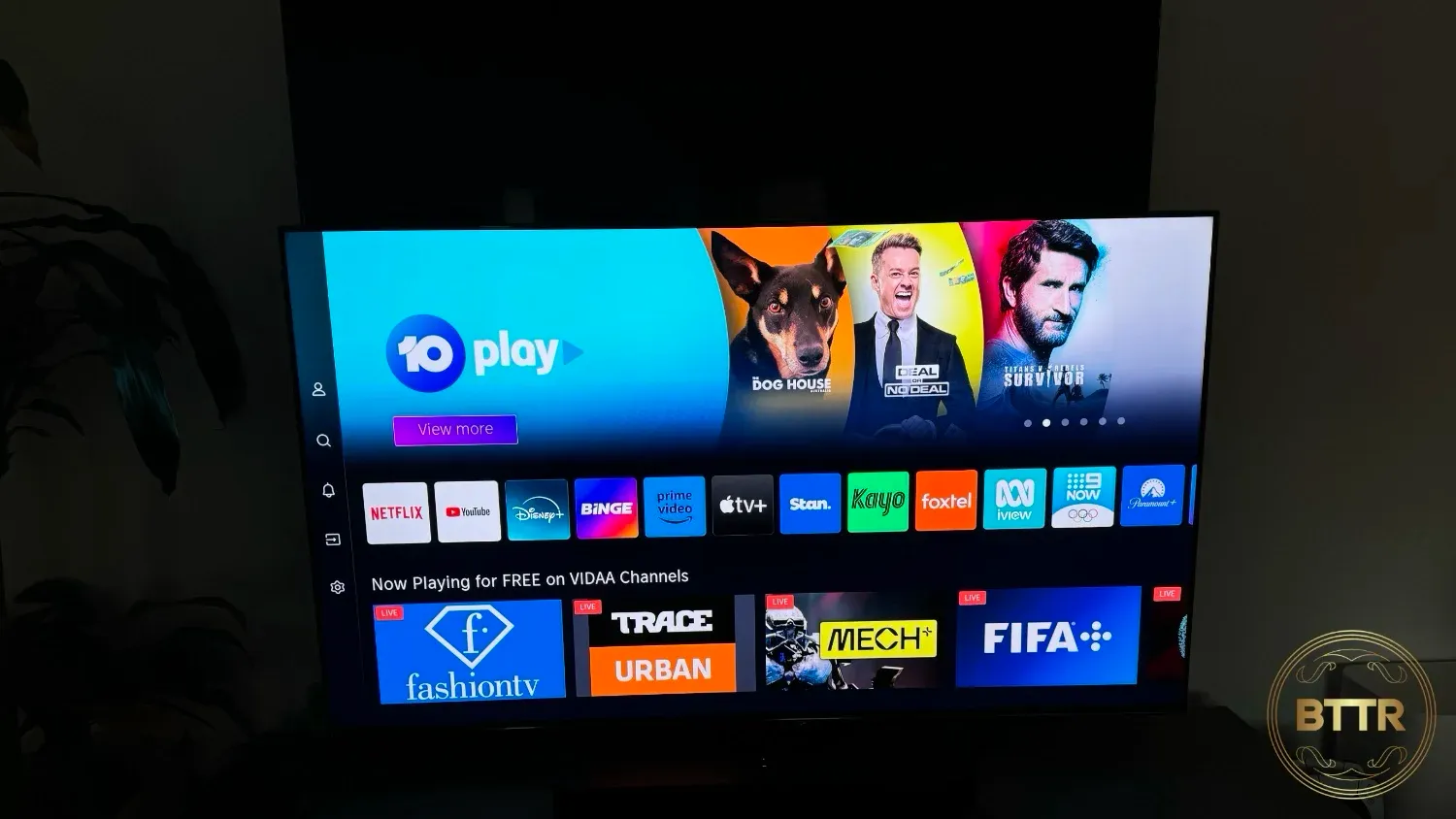
The U7NAU is in the middle of Hisense’s 2024 range, bracketed by the cheaper U6NAU model and the more premium U8NAU.
The common denominator among all three models is the use of Mini LEDs for backlighting. Mini LEDs are super bright, making the screens perfect for viewing in brightly lit rooms, though I did find that it was occasionally blinding.
Using its Mini LED Pro technology, Hisense reckons the U7NAU can hit a peak brightness of 1500 nits. I’m not sure why you would ever want it that bright, but it’s there anyway.
Quantum Dot colour offers over one billion colours from the screen and IMAX enhanced support will give you exceptional picture quality for IMAX certified content.
Other than its backlighting, the U7N also supports a 144Hz Game Pro mode for gaming to ensure you get the best experience from your gaming, which delivers a variable refresh rate, low latency and FreeSync Premium Pro support.
You also get Dolby Vision iQ and HDR 10+ Adaptive for high dynamic range playback that can adjust to the lighting conditions of your room.
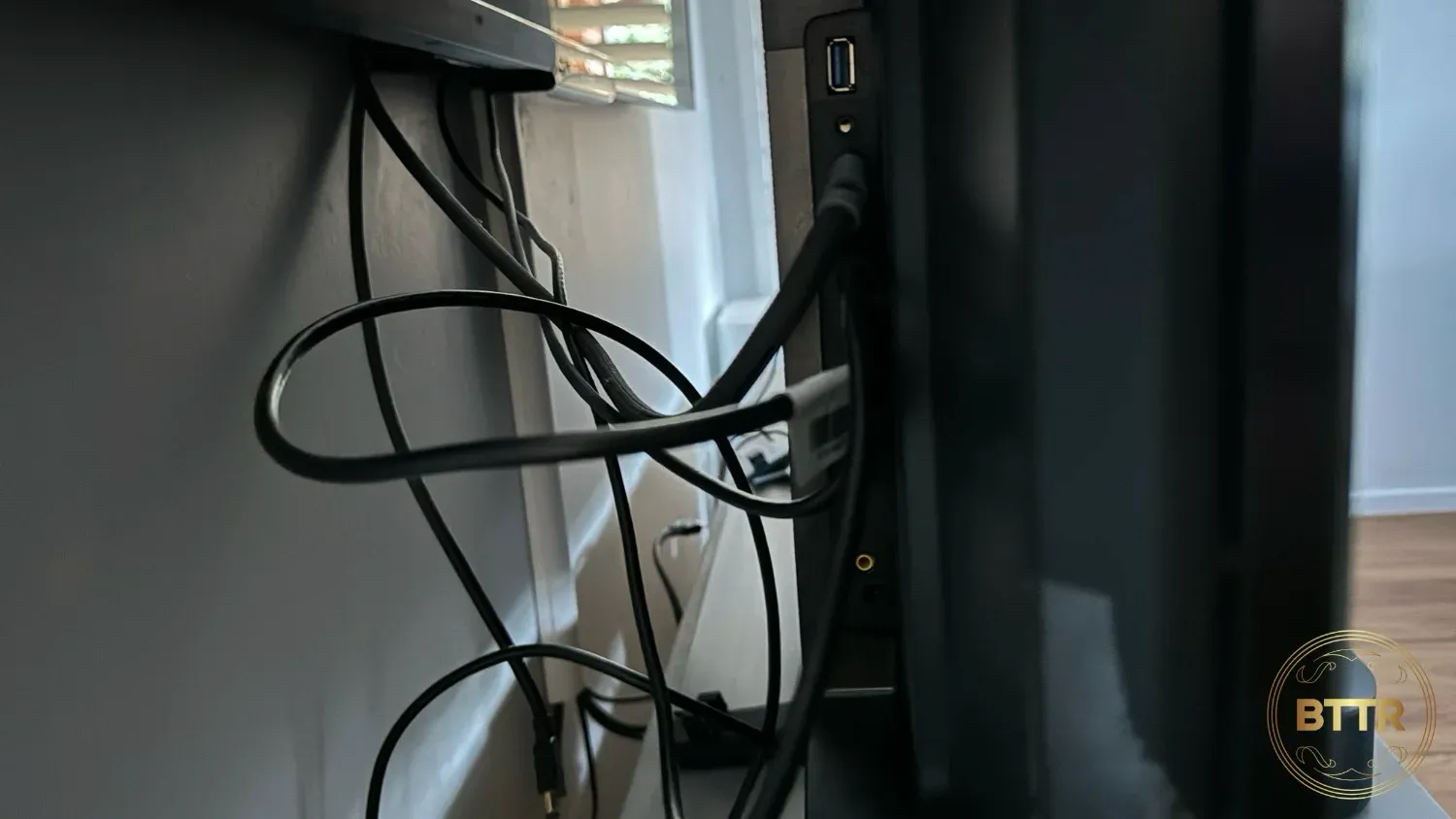
In the box
The TV comes with a three-piece stand in the box, which consists of two metal legs and a plastic cover. You don’t have to use the cover, but I thought it made the stand look a bit nicer overall.
The stand does sit a fair way out the front of the TV, though. I had to push it all the way to the back of my entertainment unit to pop my Sonos Beam in front of it.
Also in the box are two remotes. I don't understand why Hisense didn’t commit to one remote, but essentially one model has a solar panel to keep the remote charged longer (there’s also a USB-C port you can use to top it up), while the other has more dedicated streaming service buttons (like Kayo, which isn’t on the solar remote) and is powered by AAAs.
You can use whichever suits your viewing style more.
What does the Hisense U7NAU do well?
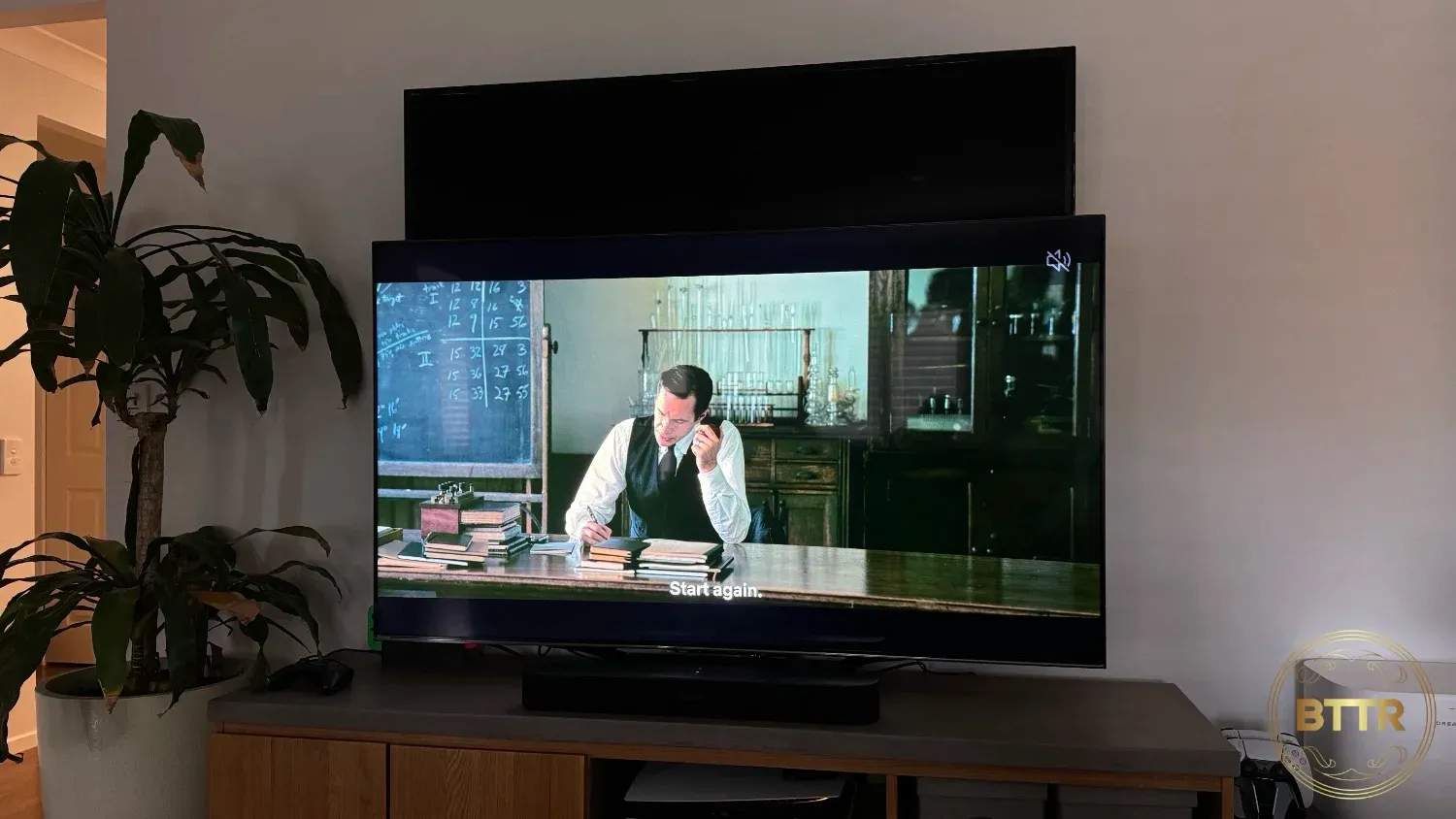
The risk with any Mini LED-backed panel, particularly vs an OLED screen, is keeping all those super bright LEDs from bleeding through where they aren’t supposed to.
The U7NAU did really well here. I kicked off Oppenheimer on Netflix in 4K, and the black bars on the top and bottom of the screen were a deep, dark black, even in a brightly lit room.
If I could have viewed this TV side by side with an OLED, I’m sure it would have looked grey by comparison – blacks are an OLED’s superpower, after all. But on its own, the Hisense TV looked solid.
The caveat here is that this is with the local dimming setting turned on. I don't understand why you would switch it off, but it helped keep blacks looking black.
The colour reproduction was fantastic. It was a bright and vibrant thanks to the backlighting, and the colours themselves looked great.
Particularly watching the Olympics, the colour reproduction of the gymnast’s costumes, or the Olympic sprinters’ jewellery, or Raygun’s green and gold tracksuit looked incredible, even just watching in HD through 9Now.
Sometimes colours were a bit too vibrant, though, but I think that was typically due to a misalignment of the HDR mode.
For example, while playing FC24 on the PS5, the red banner that flashed across the screen before a replay was blindingly bright, until I realised the HDR mode was set to a vibrant viewing mode.
More generally, it’s probably worth noting that the screen typically looked better after a bit of manual calibration.
What could the Hisense U7NAU improve?
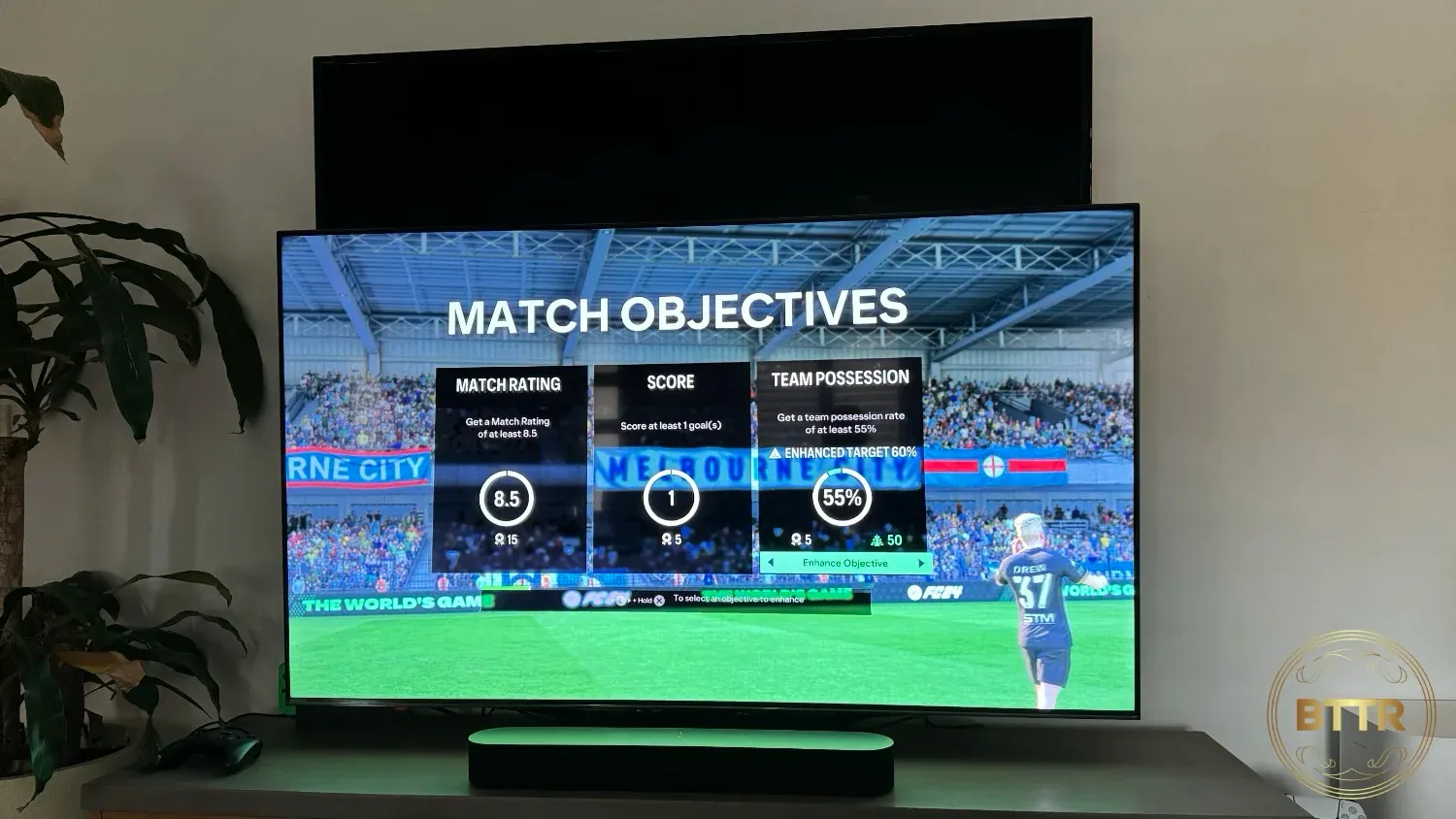
I have minor quibbles rather than complaints with the U7NAU. Only two out of the four HDMI ports are the 2.1 standard required for the variable refresh rate and premium gaming experience the TV promises.
If you plug your PS5 into the wrong port, you’ll just get a standard 4K signal. Given the other two ports are HDMI 2.0, you have to wonder just how much expense it would have cost for Hisense to add the standard to all the ports.
The sound quality is, like pretty much every flat panel TV I have ever tested, underwhelming. Hisense has popped a subwoofer inside the U7NAU, but it may as well have saved the money on that front. The sound is still thin and tinny out of the TV’s integrated speakers.
It doesn’t matter what brand of TV you buy, make sure your budget includes space for a soundbar, so you can enjoy your entertainment in immersive surround sound.
User interface
The Hisense Vidaa user interface was pretty simple to navigate and control, though it could still be improved.
I found it easy to navigate between streaming services as a smart TV platform, though I would prefer the settings to be a bit more intuitive.
The greatest challenge I had was deciding between picture modes. There is a range of HDR options, for example, varying from standard to Filmmaker and Sports. Sometimes during the Olympics I felt things looked a bit off, only to remember I had switched it to the Filmmaker setting the previous night.
Every time that happened, it was a series of clicks and button presses to try to remember where those settings were buried.
Verdict
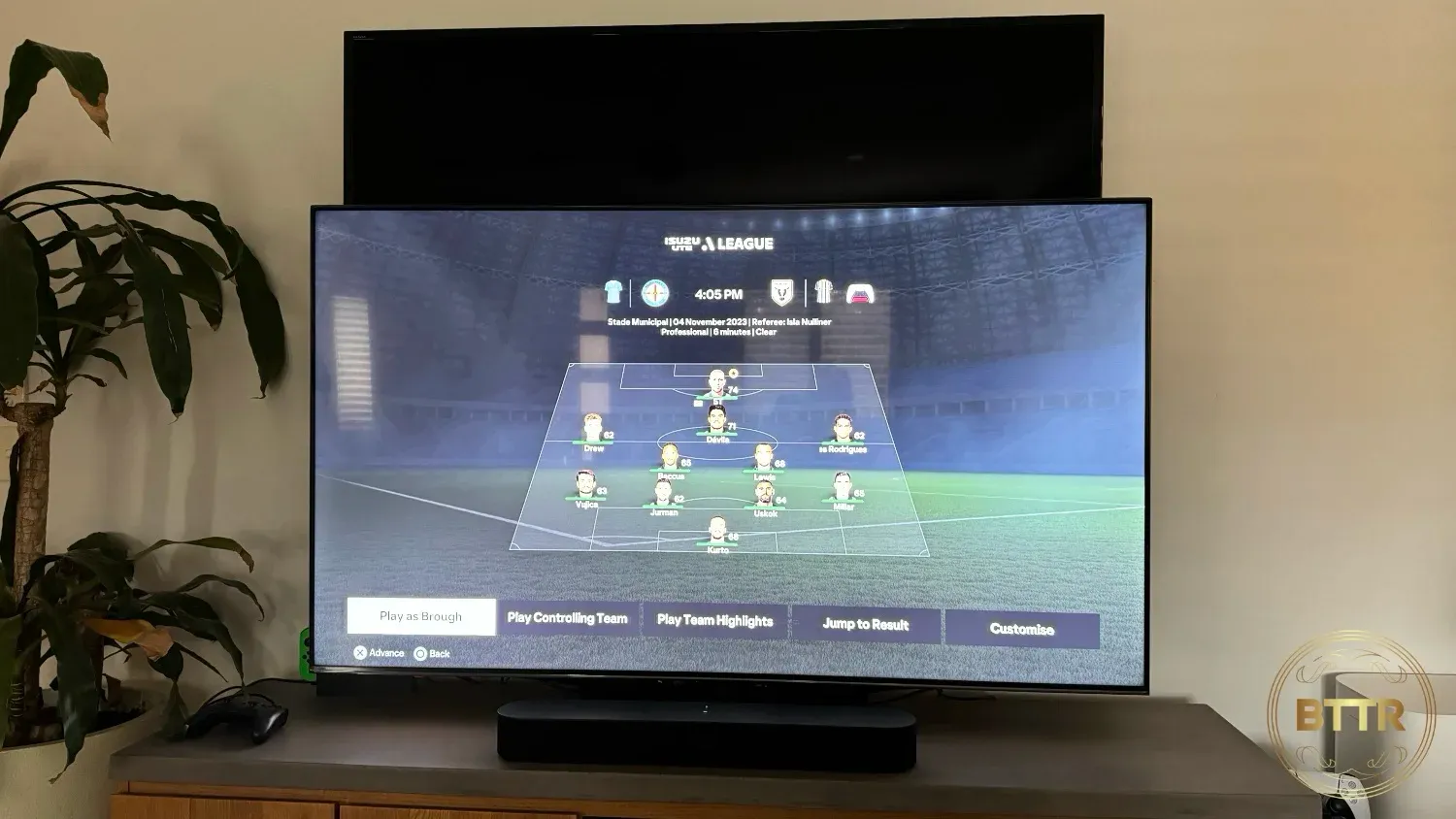
For a sub-$2000 65-inch 4K TV, I found the U7NAU really highlights just how far lower-cost TVs have come.
Picture quality doesn’t compete with the likes of the LG G3 OLED or the QN900D Neo QLED 8K, but it also costs a fraction of the asking price.
So long as you have an external speaker system, the Hisense U7NAU will do a good job at keeping you entertained.
With its combination of vibrant colours and impressive detail, the decision to buy will come down to the simple question of your budget. If you can afford a better panel, do it, but if you can’t, this is a solid option.
Where to buy the 65-inch HiSense U7NAU 4KTV
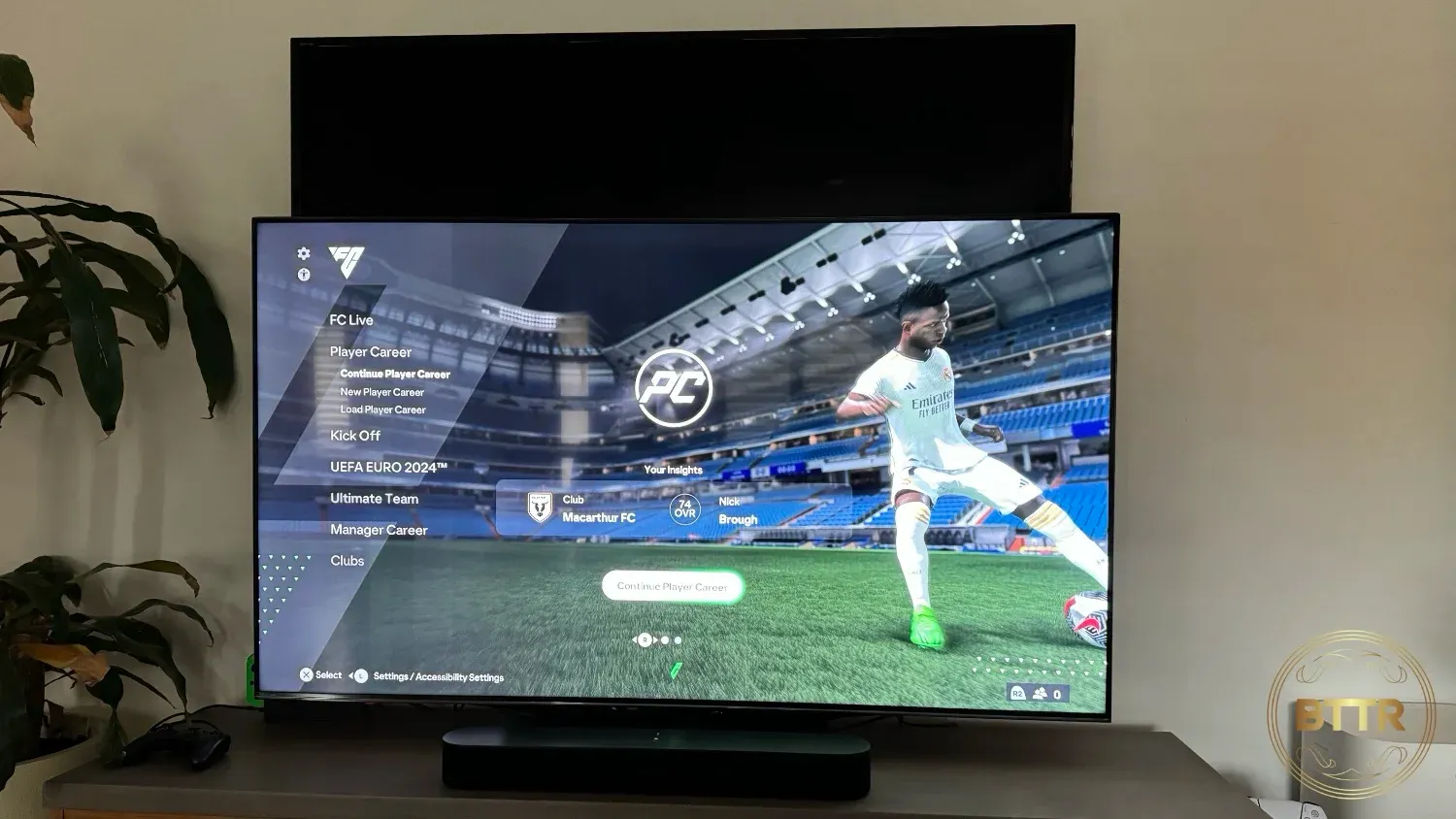
HiSense U7NAU
With impressive performance for its price, the Hisense U7NAU is a great TV for households with a budget.


